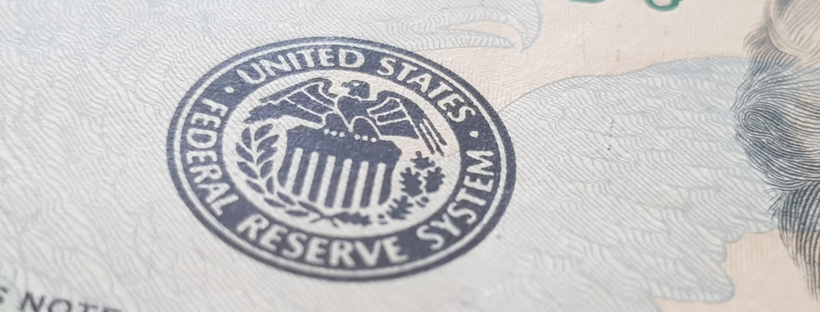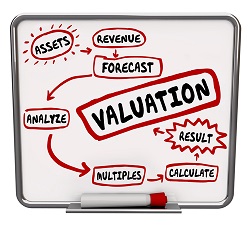
The Death of Economic Models
The decades-long reliance on the Philips Curve to guide economic and monetary policy came to an abrupt end, raising the question about the relevancy of other conventional economic models to a 21st century economy.
To view the full article please register below:
The Death of Economic Models
The Federal Reserve (the Fed), whose primary responsibilities are full employment and stable prices, abandoned the Philips Curve in 2020, a widely-accepted economic model that states a fixed and inverse relationship between unemployment and inflation. The decades-long reliance on the Philips Curve to guide economic and monetary policy came to an abrupt end, raising the question about the relevancy of other conventional economic models to a 21st century economy.
The World Has Changed. Has Economics Kept Pace?
The center of gravity in today’s economy has moved from one focused on land, labor and capital to a world about people, ideas and things. Yet, as the economist Paul Romer argued three years ago, economics has remained mostly stagnant amid these fundamental changes.
Taking it one step further, economist Steve Keen has argued that flawed economic models contributed to the scale of implosion of the 2008 credit crisis.
At their most basic level, economic models are sophisticated mathematical formulations that reflect a system of beliefs and assumptions that allow the modeler to explore the implications of input changes to outputs (e.g., if deficits are raised by X percent, economic growth will increase/decrease by Y percent).
The greatest shortcoming to economic models is when the underlying beliefs of these models are wrong, causing the assumptions that drive expected outcomes to be meaningfully off-target. Some important factors may not even be considered; for instance, most standard models ignore finance—in other words, ignore banks, indebtedness and leverage—which turned out to be quite the oversight leading up to the 2008 credit crisis.
Traditional models depend on an “aggregate” approach; for example, if gasoline prices rise, what impact on consumer spending will it have on 100 million people? This approach unavoidably requires reducing the real world to a limited number of variables. Increasingly, economists are considering how an “agent-based model” can be employed to draw more realistic outcomes. In an agent-based model, an economist attempts to determine how each individual will react to change and aggregate those 100 million individual results.
Standard models also tend to be very narrow in focus, based on a rational pursuit of wealth. They ignore the “irrationality” of individual economic choices and priorities, as well as other non-material factors, such as cultural norms and social institutions. Culture is a significant determinant of economic behavior and is little reflected in today’s economic models.
At the end of the day, if economics is to be respected as a hard science, it will need to rely more on experiment and replication, just as the other hard sciences do.
See referenced disclosure (2) at https://blog-dev.americanportfolios.com/disclosures/












